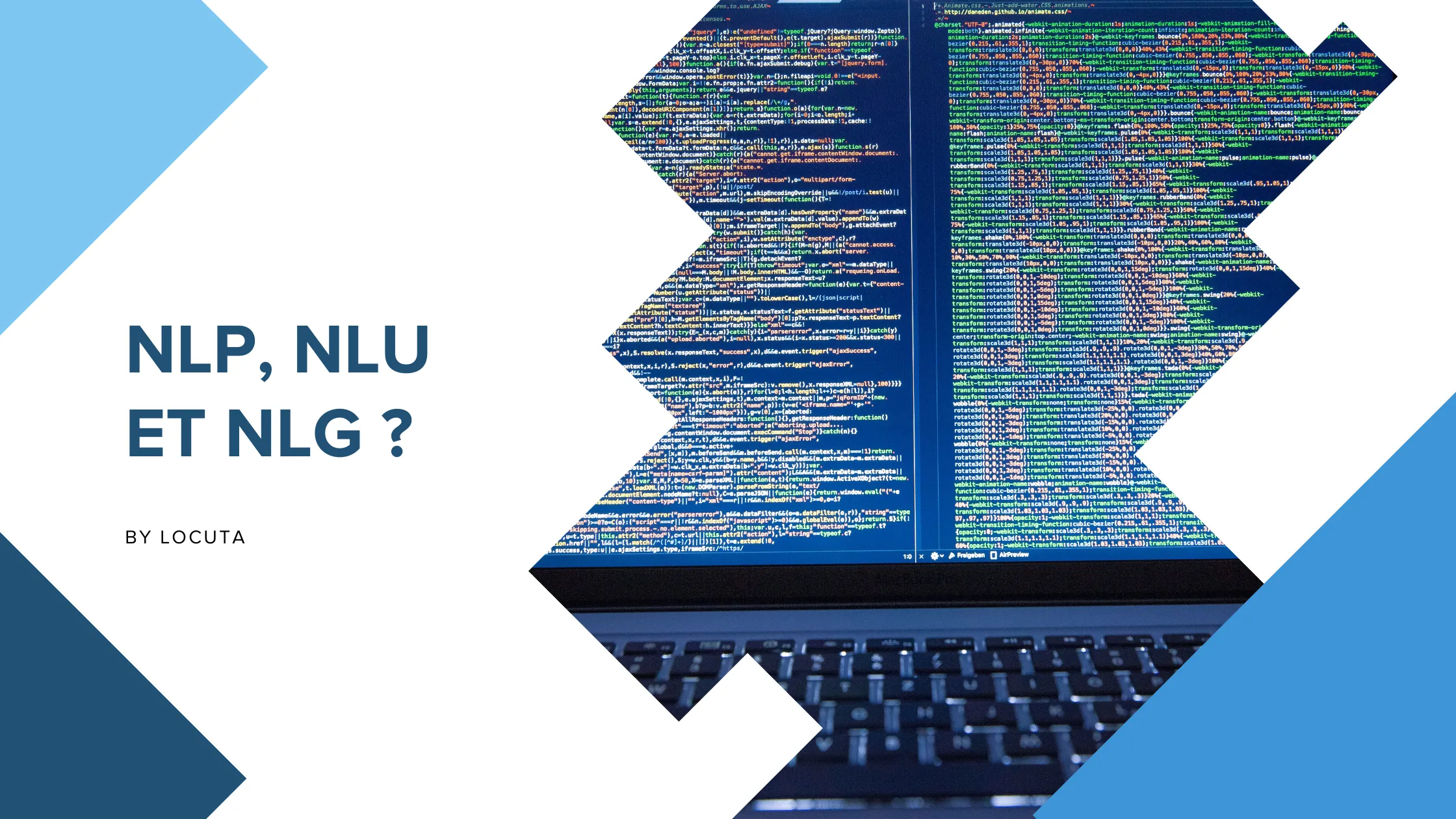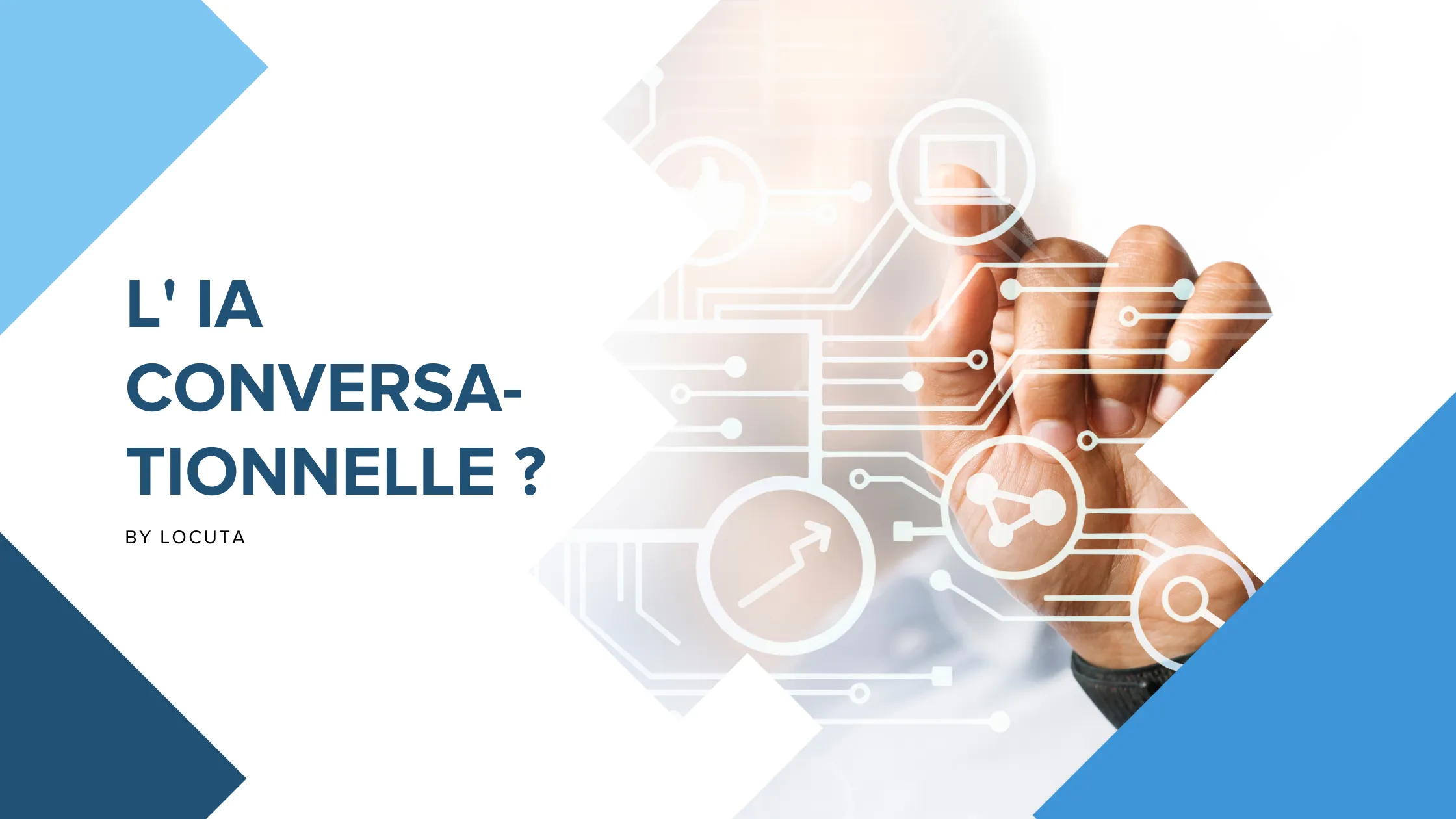- Introduction to the differences between the NLP NLU and NLG
- What is automatic natural language processing?
- What is natural language understanding?
- What is natural language generation?
- What is the difference between NLP, NLU and NLG?
- NLP and NLU together
- Correlation between NLP and NLU
- What is the future of natural language?
- Conclusion
Introduction to the differences between NLP NLU and NLG
The need for NLU and NLP has increased with the advancement of technology and research, and computers can analyze and perform tasks for all kinds of data. But when it comes to human language, it changes the whole scenario because it is messy and ambiguous. It's complex to deal with human language rather than statistics. The system has to understand the content, the feeling, the purpose to understand human language. But understanding human language is essential to know the customer's intent for a successful business. Here, the NLU ( Natural Language Understanding ) and NLP (Natural Language Processing) play a vital role in understanding human language. Sometimes, people use these terms interchangeably as they both deal with natural language. Their purpose is to deal with human language, yet they are different.
The Turing test: Computers and language have been coming together since 1950. Over time, they try to create more intelligent machines. This starts with a simple language input in the training model and now goes with complex language inputs. A famous example of language and artificial intelligence is "The Turing Test". It was developed by Alan Turing in 1950 to test whether a machine is intelligent enough or not.
But then what are the differences between NLP NLU and NLG?
What is automatic natural language processing?
It is a subset of Artificial Intelligence. NLP processes large amounts of human language data. It is an end-to-end process between the system and humans. It contains the whole system from understanding information to making decisions while interacting. Such as reading information, breaking it down, understanding it and making decisions to respond to it. Historically, the most common tasks of natural language understanding are:
-
- Tokenization
- Analysis
- Information extraction
- Similarity
- Speech recognition
- Generations of speeches and others.
In real life, NLP can be used to :
-
- Callbot -> Discover our use cases
- Chatbot
- Summary of the text
- Categorization of the text
- Tagging of parts of speech
- Rooting
- Exploration of text
- Machine translation
- Ontology population
- Language modeling and others
Let's take an example to understand NLP. In Chatbot, if a user asks, "Can I play volleyball?". NLP uses machine learning and AI algorithms to read the data, find keywords, make decisions and respond. It will make decisions based on various features such as is it raining or not? Is there a playground available or not? And other accessories are available or not. Then it responds to the user to play or not. The NLP contains the entire system, from input to output. See our article on Callbots
What is natural language understanding?
The NLU helps the machine understand the data. It is used to interpret the data to understand the meaning of the data to be processed accordingly. It solves it by understanding the context, semantics, syntax, intent and sentiment of the text. To this end, various rules, techniques and models are used. He finds the purpose behind the text. There are three linguistic levels for understanding language.
-
- Syntax: Understands sentences and phrases. It checks the grammar and syntax of the text.
- Semantic: It checks the meaning of the text.
- Pragmatic: Understands the context to know what the text is trying to accomplish.
The NLU must understand the unstructured text with defects in the structured and correct format. It converts the text into a machine-readable format. The NLU is used for semantic phrasing, semantic parsing, dialog agents, etc. Let's take an example for clarity. If you were to ask, "How are you today?". Now, what if the system answers, "Today is October 1, 2020 and Thursday?" Does the system give you the right answer? No, because here users want to know the weather. Therefore, we use The NLU to learn the correct meaning of the text of some errors.
NLU is a subset technique of artificial intelligence used to bridge the communication gap between computer and human.
What is natural language generation?
NLG is a process for producing meaningful sentences in natural language. It explains structured data in a way that is easy for humans to understand with a high speed of thousands of pages per second. Some of the NLG models are listed below:
-
- Markov chain
- Recurrent Neural Network (RNN)
- Long Short Term Memory (LSTM)
- Transformer
What is the difference between NLP, NLU and NLG ?
| NLU | NLP | NLG |
| NLU is a narrow concept. | NLP is a broader concept. | NLU is a narrow concept. |
| If we are only talking about understandable text, then NLU is enough. | But if we want more than understanding, like decision making, then NLP comes into play. | It generates a text in a human way based on the structured data. |
| NLU is a subset of NLP. | NLP is a combination of NLU and NLG for conversational Artificial Intelligence problems. | NLU is a subset of NLP. |
| It is not necessarily that what is written or said is meant to be the same. There may be flaws and errors. NLU makes sure that it will deduce the correct intention and meaning even if the data is pronounced and written with some errors. This is the ability to understand the text. | But, if we talk about NLP, it is about how the machine processes the given data. Such as making decisions, taking actions and responding to the system. It contains the whole process from end to end. Whenever NLP does not need to contain NLU. | NLU generates structured data, but the generated text does not have to be easy for humans to understand. Thus, NLG makes sure that it will be understandable by humans. |
| It reads the data and converts it into structured data. | NLP converts unstructured data into structured data. | NLG writes structured data. |
The NLP and NLU together
NLU is a subset of NLP. It can be used in NLP for human understanding of data. NLU helps to get a better NLP. It is the first step in many processes. NLP and NLU work together to give a human experience to people. Language processing and understanding is not just about forming a data set. It is more than that. It contains many fields such as data science, linguistic techniques, computer science, etc.
Here, we will talk about everyday artificial intelligence problems to understand how they work together and change the whole experience of humans while interacting with machines. If a user wants a simple chatbot, they can create it using NLP and machine learning techniques . But if they want to develop an intelligent contextual assistant, they need NLU. To create a chatbot or a natural-sounding conversational AI system, they use NLP and NLU together. They focus on systems that can pass the Turing test. This system can interact with people quickly and effortlessly. This system can be possible by combining all the linguistic and processing aspects.
Correlation between NLP and NLU
There is an assumption behind NLP. It talks about syntactic structure and states the purpose of linguistic analysis. It is said to separate grammatical sentences from ungrammatical sentences in language to check the grammatical structure of the sequence. Syntactic analysis can be used in a variety of processes. There are several techniques for aligning and grouping words to check grammatical rules:
-
- Lemmatization: It reduces the inflected forms of words by combining them into a single form and facilitates analysis.
- Stemming: It reduces inflected words by cutting the words to their root form.
- Morphological segmentation: it divides words into morphemes.
- Word segmentation: it divides a continuous written text into distinct meaningful units.
- Parsing: It analyzes words or sentences by the underlying grammar.
- Parts-of-speech tagging: This analyzes and identifies the parts of speech for each word.
- Sentence breaking: detects and places sentence boundaries in continuous text.
Syntactic analysis does not always correlate with sentence or text validation. Correct or incorrect grammar is not enough for this purpose. Other factors must also be taken into account. Another thing is semantic analysis. It is used to interpret the meaning of words. We have some techniques of semantic analysis:
-
- Named Entity Recognition (NER): It identifies and classifies text into predefined groups.
- Word sense disambiguation: It identifies the meaning of words used in sentences. It gives a meaning to a word according to the context.
- Natural Language Generation: It converts structured data into language.
Along with semantics and syntactic analysis, there is one more thing that is very important. It is called pragmatic analysis. It helps to understand the purpose or what the text wants to achieve. Sentiment analysis helps to achieve this goal.
The ability of machines to understand and interpret human language as it is written or spoken. Click to discover natural language processing applications and techniques
What is the future of natural language?
To prepare a human language AI system to pass the Turing test, developers focus on certain key terms. If we mathematically represent this entire end-to-end process, it contains the following terms:
A combination of NLU and NLG gives an NLP system.
- NLP (Natural Language Processing) It understands the meaning of the text.
- NLU (Natural Language Understanding) Entire processes such as decisions and actions are taken by NLP.
- NLG (Natural Language Generation) It generates text in human language from structured data generated by the system to answer it.
To better understand their use let's take a practical example, you have a website where you have to publish daily reports on the stock market. For this daily task you have to search and collect text, create reports and publish them on a website. It's boring and time consuming. But, if NLP, NLU and NLG work here, they can understand the stock market text and break it down, then NLG will generate an article to publish on a website. So it can work like a human and let the user work on other tasks. See our article on the future and automation of call centers
Conclusion
NLP and NLU are important terms for designing the machine that can easily understand human language, whether it contains some common flaws or not. There is a small difference between the terms NLP and NLU which are very important for developers to know if they want to create a machine that can interact with humans by giving them a human-like environment because using the right technique at the right time is essential for success in systems created for natural language operations.







